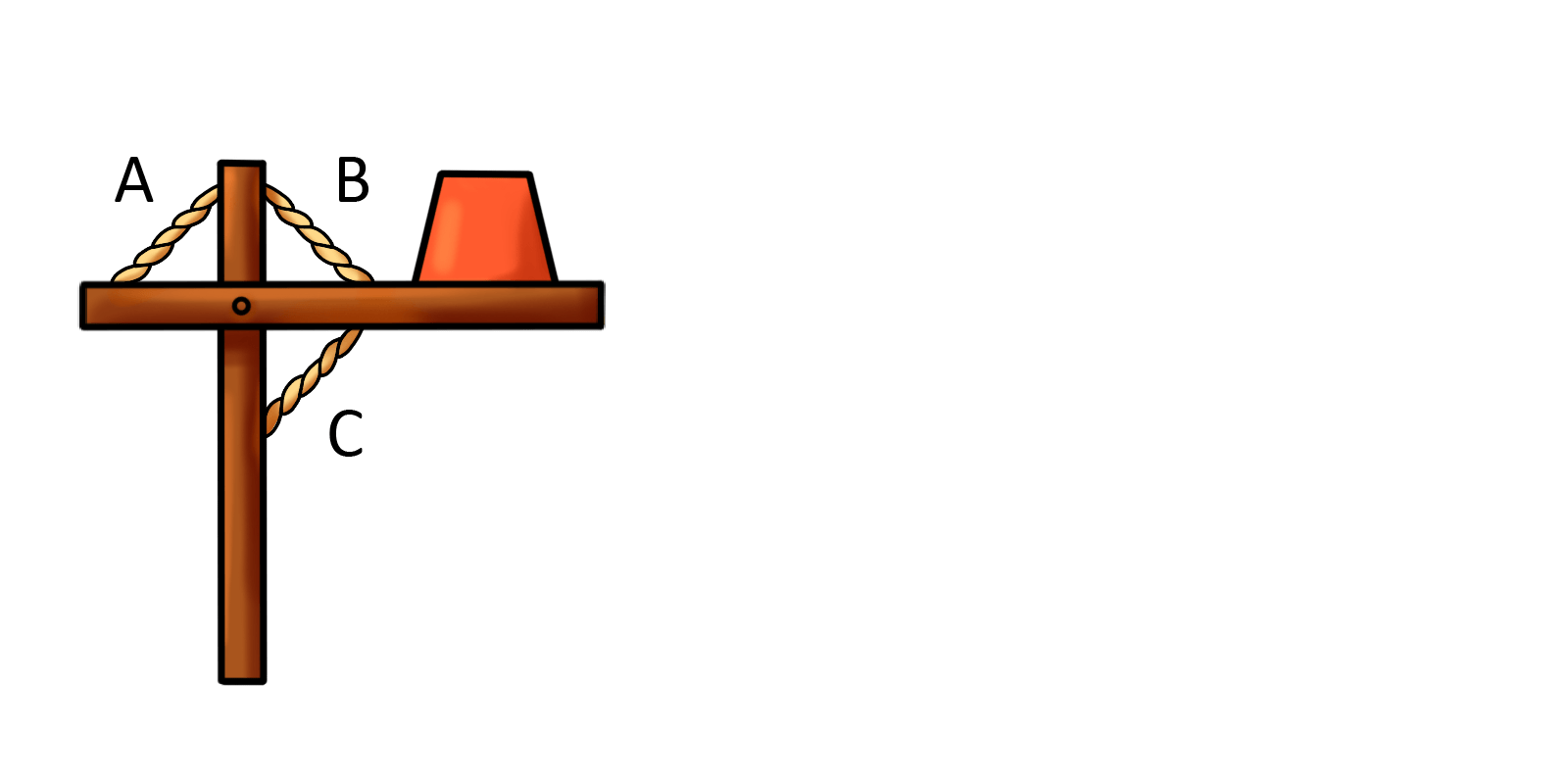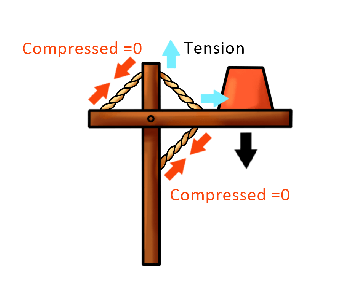Looking to get hired by the International Paper company? JobTestPrep provides everything you need to improve your chances of success.
Inside the PrepPack, you’ll find a:
- DDI ART Section, which includes six full DDI ART Practice Tests, as well as 15 DDI ART Additional Drills that will help improve your Adaptive Reasoning skills.
- Mechanical Section consisting of 4 Bennett full practice tests and 21 additional mechanical practice tests that will increase your knowledge and understanding of mechanical and physical questions.
- Situational Judgment Section offers 10 SJT tests for applicants that apply to Managerial positions, 5 SJT tests that help prepare for Administrative roles, 5 SJT tests for Customer service\Sales roles along with 4 Interpersonal skills tests.
- Personality Section, which includes 30 trait drills, each with questions relevant to specific personality traits such as assertiveness, impulsiveness, anxiety, etc.
- Study Guides Section with guides and videos about DDI ART, Bennet, SJT, and Personality so you can have the theory down to a T.
JobTestPrep PrepPack™ includes preparation for the official International Paper aptitude test that will help sharpen your adaptive reasoning skills and mechanical knowledge. Prepare with our resources and gain a clear advantage over other applicants.
This page will help you prepare for the International Paper Assessment. It includes a detailed guide, free DDI/Bennet sample questions, and an interview prep.
Each practice test contains detailed answers and explanations
- DDI ART Practice Tests
- Mechanical Practice Tests
- Situational Judgment Practice Tests
- Personality Practice Tests
- Study Guides and Video Tutorials
What is the International Paper Assessment?
The International Paper maintenance test is a Pre-employment screening test that checks applicants' adaptive reasoning skills, mechanical knowledge, personality, and decision making.
The International Paper Company is one of the largest pulp and paper companies in the world.
Among the positions they may be seeking are Maintenance Mechanic, Customer Service Representative, Site Manager, Electrical Specialist, Mechanical Packaging Service Technician, etc.,
Each position has its own combination of tests, and it's best to ask the HR manager which tests you need to pass.
International Paper Test Sample Questions
DDI ART Practice Question

Choose the image that completes the pattern
Bennett Mechanical Practice Question

Which rope will hold the weight on its own?
Situational Judgment Managerial Practice Question
Recently you received complaints from customers regarding long waiting for service. You decide to bring up this subject at this week’s supervisors' meeting and ask for your team supervisors' input on the subject. You want to start a creative brainstorming session.
How would you organize the discussion?
Not applying for a managerial position? Don’t worry; JobTestPrep’s PrepPack includes SJT questions for administrative, customer service, and sales roles.
SJT Scoring Method
Situational Judgment Tests (SJTs) are different than a standard knowledge tests because the answer is in the eyes of the tester.
This means there are a variety of ways by which to answer SJT questions and to judge the answers.
For instance, a test taker can either pick the best or worst options or rate a list of options according to their perceived effectiveness on the outcome.
Grading the answers could be based on one individual answer or on a consensus, meaning that test takers may be judged as a group.
Solving SJT Questions with The STAR Method
The acronym “STAR” stands for four concepts: Situation, Task, Action, and Results. Each of these four concepts signifies steps applicants can take when responding to interviewers’ behavioral and situational questions.
Following these steps will enable job candidates to answer these questions fully and clearly.
- Situation – At this stage, you need to describe a problematic situation that you encountered in your previous workplace and which you had to set right.
- Task – At this point of your narrative, you need to describe what responsibilities you had in this situation or what tasks you set for yourself to get out of the difficult situation.
- Action – Here, you need to describe what actions you took to resolve the situation and what actions you also contemplated taking but did not because they seemed to you ineffective. It is important to emphasize here what you did and why you discarded less helpful alternatives.
- Result – At the final stage of your answer, elaborate on the outcome of your actions. Tell also what you learned from your experience and how your achievement made you feel.
Personality Test Question Types
There are several types of questions asked on the Personality Test. You may be shown pictures of people and asked to predict what emotional reaction they will exhibit in certain circumstances.
You may also be required to rank your own attitude toward certain situations or statements on a scale from 1 to 5, saying whether you agree or disagree with them and how strongly.
The following is an example of a personality type question:

International Paper Interview Process
The initial International Paper interview will usually start with you being asked to introduce yourself while answering occurring questions.
Afterward, you will delve into the job responsibilities and your compatibility for the position – relevant job experience, courses of action you would take, possible challenges you foresee facing, and how you can contribute to International Paper’s success.
Lastly, you might be asked to state your salary expectations and when you can start. If you pass, there might be additional interviews ahead.
Relevant Links
JobTestPrep is a leading test prep company that offers accurate practice simulations for hundreds of pre-employment tests. Since 1992, it has helped 1M+ candidates. If you have any additional questions about the International Paper assessments, feel free to send us an email, we usually reply within 24 hours.




